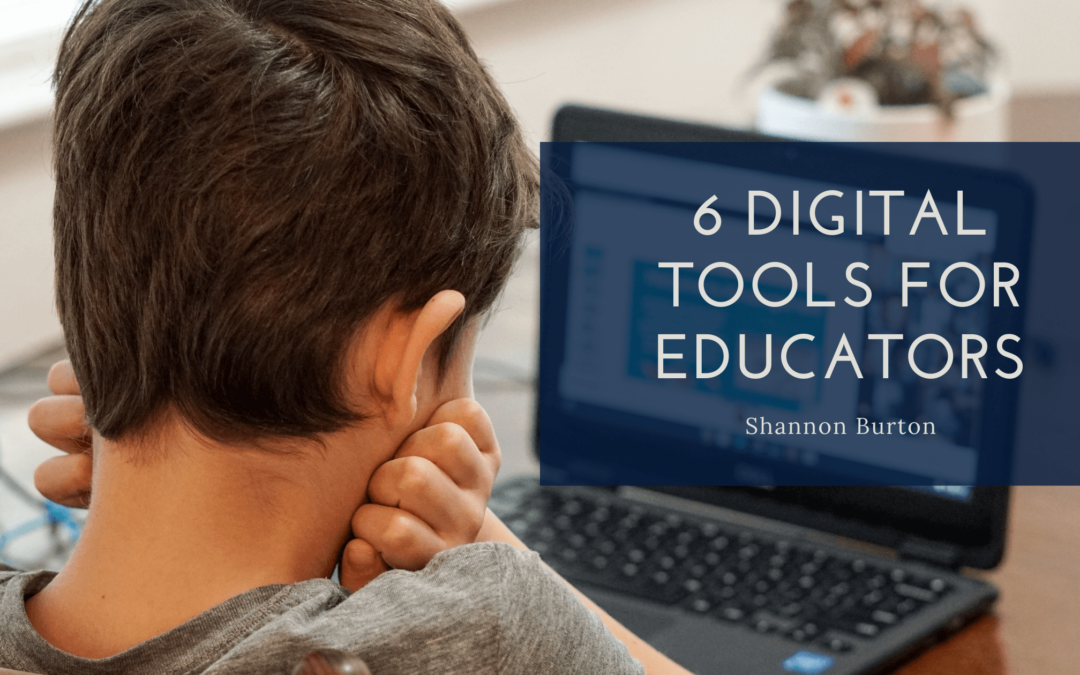COVID-19 has forced educators to reimagine the delivery of lessons in a new age of digital instruction.
To conform to social distancing guidelines, school districts across the country have switched to either fully digital or part-digital models. Students receive instruction via the web from home or other locations.
This has resulted in widespread interest in digital education tools. Here are a few of the most popular for engaging, effective digital teaching.
Animoto
Animoto is a DIY, web-based animation service that students of many ages can use to create animated short films or other materials for class assignments. They can also collaborate with other students by sharing their work and combining their videos.
Extensio
Extensio may be the most versatile and practical digital tool for everyday use in the digital classroom. Users can collaborate to make high-quality presentations using the site’s software and manufacture reports or other materials often assigned to students in the real classroom.
Edmodo
Edmodo functions as a social media site that is directed towards education. Users, teachers, and students can stay updated on assignments, share information, record and view grades, and perform multiple other functions. More than 30 million students currently learn digitally using Edmodo.
Socrative
Socrative is a highly engaging app that allows students to play educational games or perform interactive tasks. The site also offers tests that teachers can administer to students that look and function like digital games.
This app is excellent for keeping students’ attention during instruction – a major obstacle to distance learning, especially for younger children. Teachers can assess their students’ performance on the games/tasks in real-time.
Ted-ED
Ted-ED is a platform for teachers and students to share resources, including lesson plans, digital instructional materials, and study documents. The site is dedicated to advancing the industry of digital learning.
Kahoot!
Kahoot is a fantastic complementary tool to support lessons with surveys, questionnaires, and discussions to assess the effectiveness with which students absorbed the material. The “game-based” learning model supports users’ engagement (students), a major plus in its favor.
We might expect to see more digital learning tools introduced as the need for effective online instruction shows no sign of letting up.

